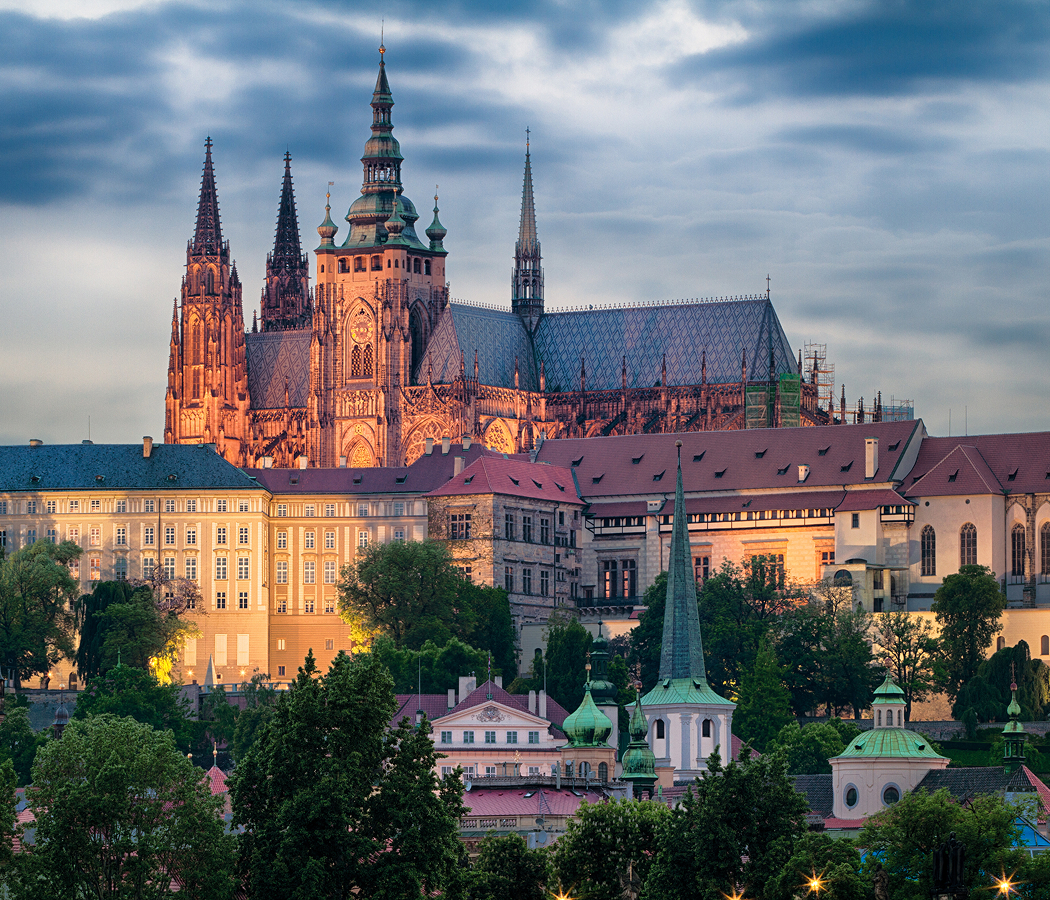
Why you should experience the Blue Mosque (Sultan Ahmed Mosque) in Istanbul.
The Blue Mosque (Sultan Ahmed Mosque) isn’t just a religious landmark, it’s Istanbul’s heartbeat made visible, a place where art, devotion, and empire converge beneath a sky that seems to bend in reverence.
Standing at the meeting point of continents, the Sultan Ahmed Mosque, better known as the Blue Mosque, rises in elegant harmony beside Hagia Sophia, its six slender minarets piercing the heavens and its cascading domes rippling like waves of stone. Completed in 1616 under Sultan Ahmed I, this masterpiece of Ottoman architecture was designed by architect Sedefkâr Mehmed Ağa, a student of the great Mimar Sinan. Its beauty is staggering not only from afar but even more so from within: over 20,000 hand-painted İznik tiles shimmer in shades of blue, turquoise, and white, their floral and geometric patterns swirling like a celestial tapestry. Sunlight filters through more than 200 stained glass windows, filling the vast prayer hall with an ethereal glow that seems almost alive. The mosque’s scale is immense, yet its proportions are intimate, drawing you inward with balance and grace. To step inside is to enter a living symphony of devotion, a space that hums with centuries of prayer, where time slows and the spirit stirs. The call to prayer that echoes across the Bosphorus five times a day from its minarets is more than ritual; it’s the city’s pulse, reverberating through the heart of Istanbul.
What you didn’t know about the Blue Mosque.
Behind its serene beauty lies a story of ambition, faith, and architectural genius, one that embodies the zenith of Ottoman creativity.
When Sultan Ahmed I commissioned the mosque at the age of 19, his intention was clear: to create a monument that would rival the Hagia Sophia across the square, uniting religious devotion with imperial prestige. Construction began in 1609 on the site of the former Byzantine palace, and for seven years, more than 10,000 artisans worked meticulously on every detail. The result was both an architectural triumph and a political statement, the first Ottoman mosque built with six minarets, a number traditionally reserved for Mecca’s Grand Mosque. To avoid controversy, the Sultan later ordered a seventh minaret added to Mecca, ensuring harmony between the two sacred sites. The nickname “Blue Mosque” came from the mesmerizing İznik tiles that adorn its interior, depicting tulips, carnations, and arabesques in hues that seem to shift with the light. Each tile was hand-painted and fired to perfection, a feat of artistry that makes the mosque one of the most exquisite examples of Ottoman decorative design in existence. The mosque’s central dome, measuring 43 meters high and 23 meters wide, appears to float effortlessly, supported by four colossal marble pillars nicknamed the “elephant feet.” Calligraphy by Seyyid Kasim Gubari, one of Islam’s most revered calligraphers, adorns the arches and walls, inscribing verses from the Qur’an in elegant symmetry. Beneath this grandeur, however, lies the humility of its purpose: to create a space where beauty itself becomes an act of worship. Even today, the mosque remains an active place of prayer, welcoming worshippers and visitors alike, who must remove their shoes and enter with quiet respect. Few realize that beneath the courtyard lies the tomb of Sultan Ahmed I, who died at just 27, never fully seeing the global legacy his vision would inspire.
How to fold the Blue Mosque into your trip.
To experience the Blue Mosque fully, approach it as both a work of art and a living act of devotion, a place best understood through stillness as much as sight.
Begin your visit early in the morning, when the light is soft and the call to prayer ripples across the city like mist. Enter through the courtyard, the largest of any Ottoman mosque, where cascading domes frame the sky like a painting come alive. Pause beneath the fountain in the center and look up: the symmetry of the domes, arches, and minarets creates a rhythm so perfect it feels like music made stone. Before stepping inside, remove your shoes and drape yourself modestly, an act that instantly slows your pace and heightens your awareness. Inside, let your gaze rise slowly from the carpeted floor to the glowing ceiling, following the trail of blue tiles and golden calligraphy that spiral toward the dome. Stand in the center of the prayer hall and simply breathe, the stillness is as moving as the beauty itself. For photographers, the best light falls mid-morning or just before sunset, when the rays streaming through stained glass set the blues ablaze. After exploring the interior, step into the courtyard once more to admire the mosque’s silhouette against the city’s skyline, the six minarets rising like exclamation points of faith. To deepen your experience, cross the plaza to Hagia Sophia, where the dialogue between Byzantine and Ottoman architecture feels almost spiritual in itself. In the evening, return to Sultanahmet Square as the mosque glows under golden floodlights, its domes radiant, its call to prayer resonating through the night air. The Blue Mosque isn’t just a symbol of Istanbul, it’s the city’s soul embodied. Its tiles, domes, and light tell a story of beauty born from devotion, ambition tempered by humility, and art elevated to worship. To stand beneath its great dome is to feel the quiet truth of this place: that faith, when expressed through beauty, transcends time, language, and empire alike.
Hear it from the Foresyte community.
Felt like I was standing inside a jewelry box but made of stone the colors just keep hitting you from every direction. Those six towers and domes hit you and you’re like ok this is different.
Where meaningful travel begins.
Start your journey with Foresyte, where the planning is part of the magic.
Discover the experiences that matter most.






































































































